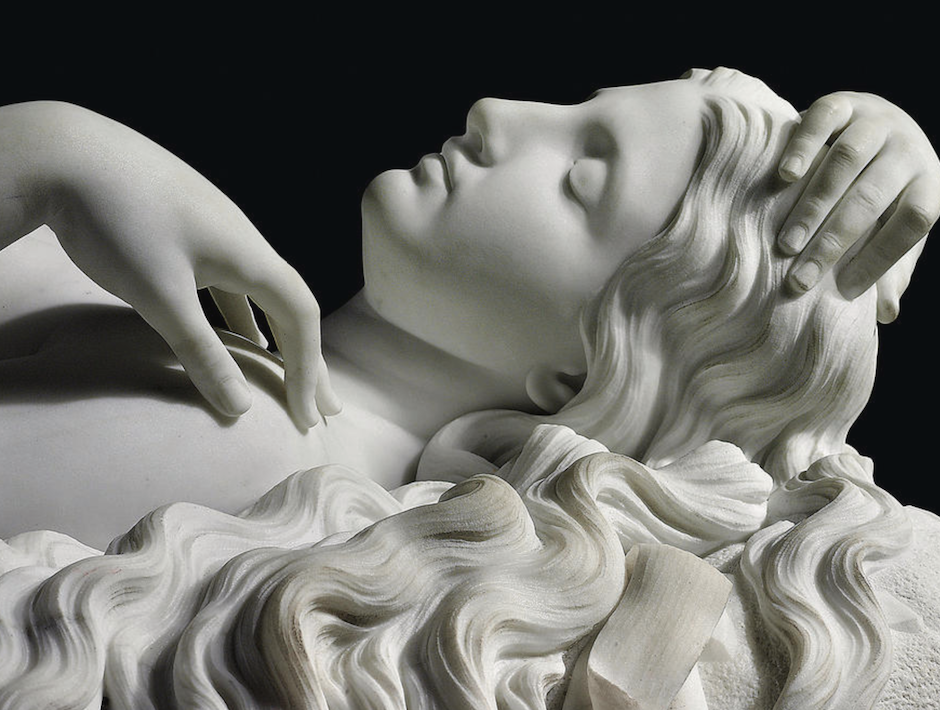A woman of divine beauty bathes in the Nile. Her hand is cast through her hair, unknotting it, and in her throat she carries a tune. A Greek slave by unfortunate trade and scenic by the gods’ will, this woman would soon be the talk of Egypt and the subject of legend. Rhodopis, as she is known to modern storytellers, was alleged to have been history’s first Cinderella: a Greco-Egyptian woman slighted by fate and rewarded by royalty.
She is sitting on the banks of the Canopic Nile, washing, when it happens: an eagle cuts the wind and snatches her sandal. Inconvenienced but unworried, Rhodopis makes nothing of the moment; the day wanes and so does the next, and soon enough the event is relegated to distant memory. Unbeknownst to her, however, the eagle had taken flight to Memphis, dropping her sandal in the lap of none other than Pharaoh himself.

Possessed by the sandal’s simplicity and the exotic omen it promises, the king “sent men in all directions of the country in quest” of the woman who wore it.
According to Greek geographer and historian Strabo in his ‘Geography, Book XVII.33’, she was found in the city of Naucratis and summoned to the palace. Later, she would become Pharaoh’s wife and the next queen of Egypt, to whom the third pyramid of Giza would be attributed.

As a grand romanticization of swinging fate, many have cited this as the tale that inspired the modern-day retelling of Cinderella – but the question of whether or not Rhodopis truly existed has been contested and dismissed. Scholars have prowled for answers behind Strabo’s brevitas, tried to find lingering traces of this woman in history; unfortunately, none have managed an explanation as to where this tale first originated, and if it occurred period.

Some argue that the tale carries no historical significance, and has been bastardized in modern circles to give Cinderella more gravitas than it already possessed. There are no step sisters in Rhodopis’ story, and no queen which takes her name in Egyptian history – it becomes more and more difficult to argue that this story had true roots in ancient Egypt at all.
Strabo, additionally, was born long after the era where Rhodopis’ story was made to take place. Furthermore, most modern sources miscite and misremember the initial story; embellishments are added, new characters and new settings. Many retellings mirror nothing of the original. In reality, the original Rhodopis from Strabo’s writings has disappeared from modern memory, and never has appeared in distant memory, either.
Rhodopis is a legend: a story passed on from hand to hand, generation to generation, until true origins lay forgotten.
And perhaps her story has nothing to do with Egypt – or everything to do with it.







Comments (0)